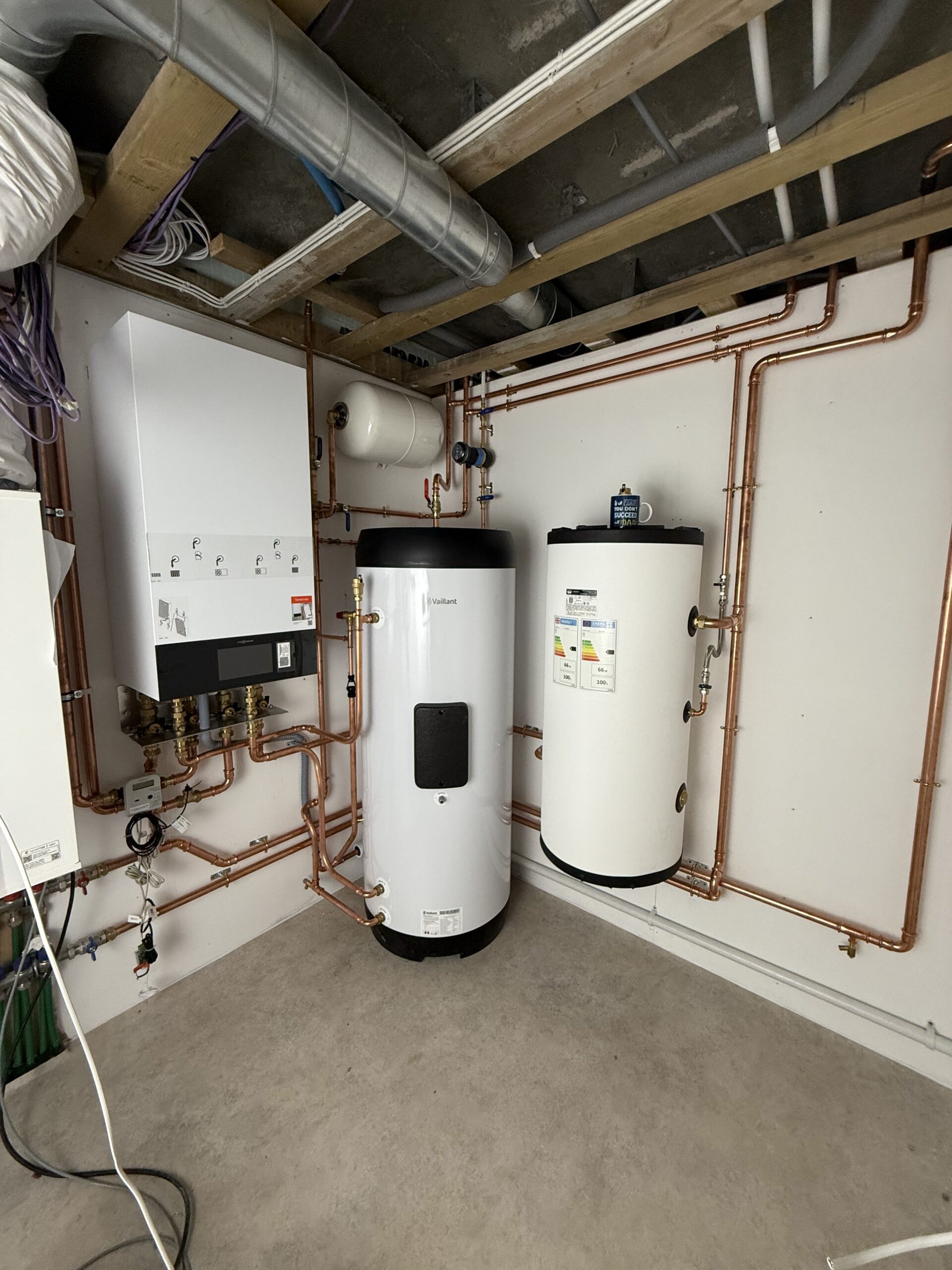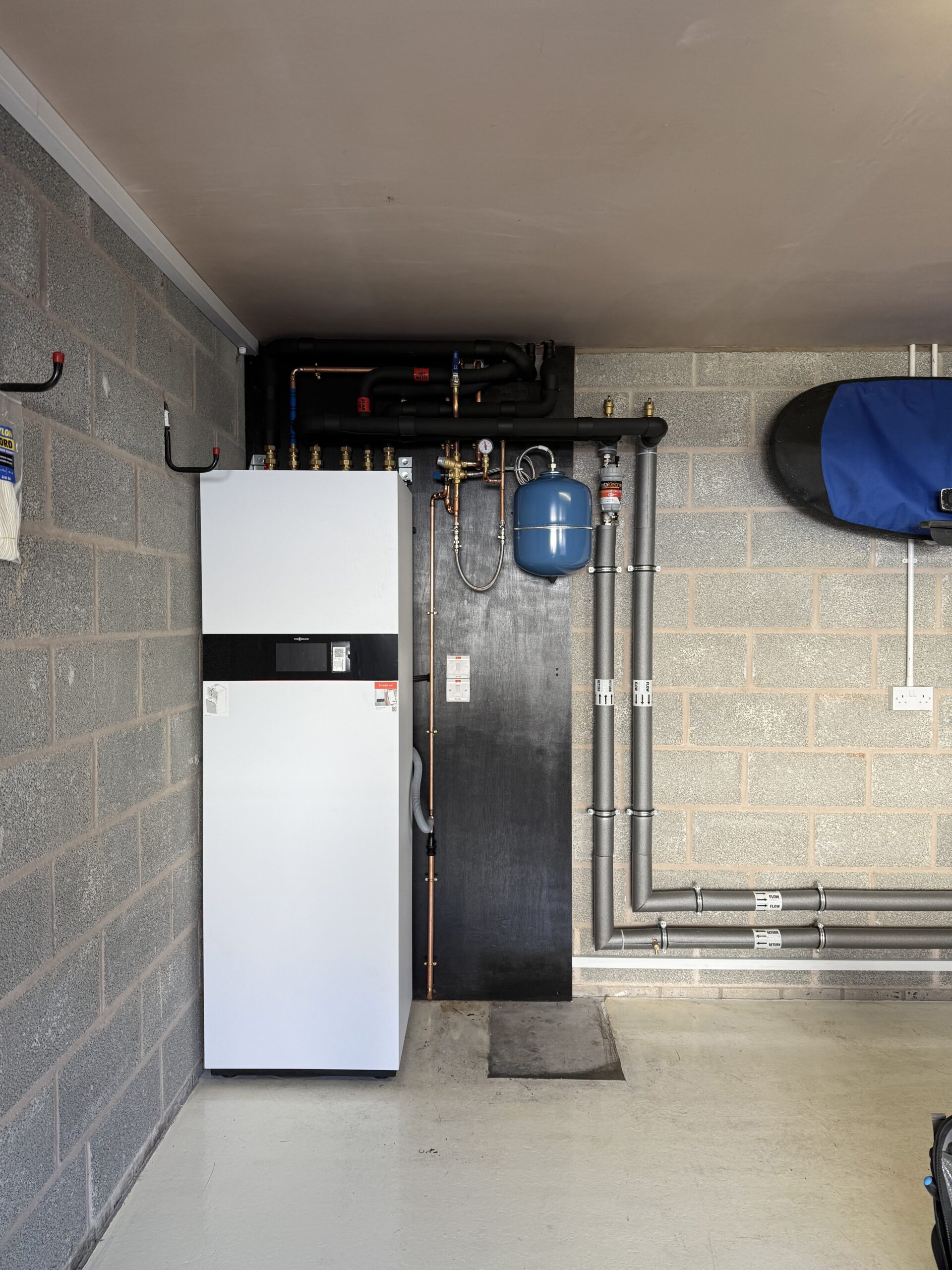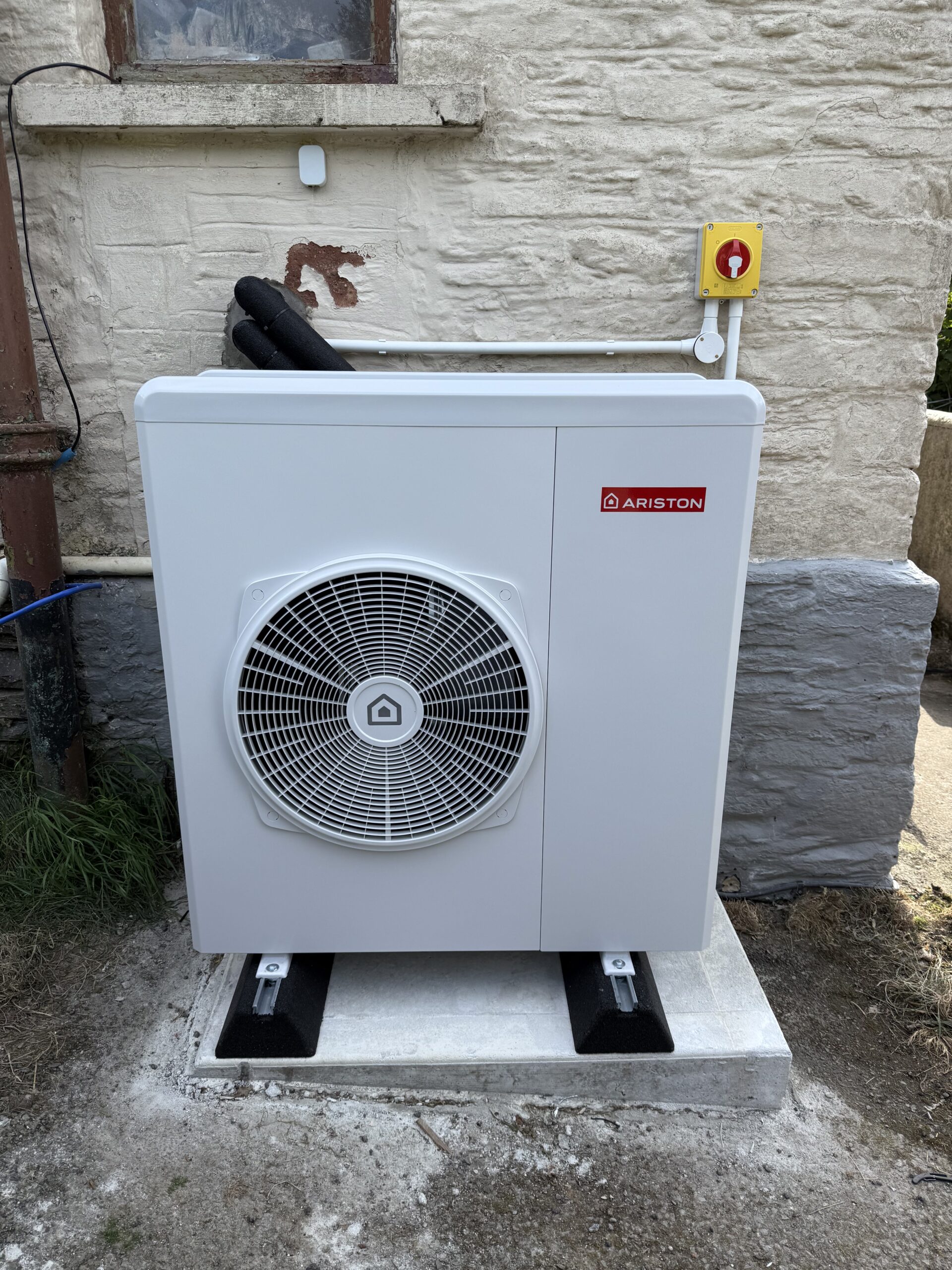3 Essential Steps to Maximise Your Heat Pump Efficiency in North Devon
Why Your New Heat Pump Might Be Underperforming
If you've recently had an air source heat pump installed in your North Devon home, you're likely experiencing one of two scenarios:
Scenario 1: You've been overwhelmed with technical information, shown the thermostat quickly, and told not to touch anything.
Scenario 2: The installer completed the work but may not have fully commissioned your system for peak efficiency.
Many homeowners from Fremington to Braunton search for the most efficient heat pump based on manufacturer ratings, assuming good statistics guarantee low running costs. Unfortunately, the unit itself makes far less difference than how it's installed and controlled.

Even with perfect installation, if commissioning isn't completed properly, your system could be destroying its own efficiency. This rarely gets addressed, yet it's where you can make adjustments that completely transform performance.
Understanding Weather Compensation – The Secret to Efficiency
The fundamental principle for maximising heat pump efficiency is maintaining the lowest possible flow temperature whilst keeping your home comfortable.
Your radiators don't need the same temperature year-round. In autumn, your radiators might need 50°C flow temperature. In winter's coldest days, perhaps 35°C. But in mild spring weather? Sometimes just 25°C will suffice.




Running at 50°C during mild weather wastes energy – like driving at 70mph in a 30mph zone. You'll reach your destination (warmth), but inefficiently.
How Weather Compensation Works
Weather compensation automatically adjusts flow temperature based on outdoor conditions:
- Cold outside (0°C): Higher flow temperature to radiators
- Mild outside (12°C): Lower flow temperature to radiators
- Warm outside (18°C): Minimal or no heating required
This keeps your North Devon home comfortable year-round whilst maximising efficiency. The system prevents energy waste by never overheating your radiators.
Your Questions Answered
1Turn All TRVs and Room Thermostats to Maximum
Before optimising weather compensation, we need to remove other variables. Turn all thermostatic radiator valves (TRVs) and room thermostats to their maximum settings – this ensures they won't limit flow during setup.
Don't worry, this is temporary! We'll adjust them properly in Step 3.

If your property feels too hot, reduce flow temperatures. Too cold? Increase them slightly. If some rooms are warmer than others, your system needs balancing – something we regularly address in properties from South Molton to Great Torrington.
2Adjust Your Weather Compensation Curve
Every heat pump's weather compensation controls differ. The system increases flow temperature along a "heating curve" as outdoor temperature drops.
If your home feels too warm, you need to lower this curve – reducing the slope decreases flow temperatures. Most systems allow adjustment through a single curve number in the settings.
Some installers disable weather compensation to avoid callbacks – a costly mistake. Find the compensated option and enable it immediately.
We recommend wireless thermometers like Govee or Sonoff sensors to monitor temperatures across your home – essential for properties with multiple levels or extensions.
Some systems also let you set maximum and minimum flow temperatures. Configure these for your coldest and mildest outdoor temperatures (e.g., -3°C and 16°C for Barnstaple area).
3Fine-Tune Your Control Strategy
After living with your optimised settings for several days and achieving a stable heating curve, it's time to reintroduce controls – strategically. Focus on three key principles:
Minimising Setbacks
Setbacks are temperature drops between "day" and "night" settings. Large setbacks (e.g., 21°C → 16°C) force your heat pump off overnight, then work harder in the morning. Instead, use small setbacks (2-3°C) to maintain warmth and flow temperatures.

Avoiding Zone Controls
Turning off rooms (zones) restricts radiator surface area, forcing higher flow temperatures and reducing efficiency. Keep zones open where possible to spread heat evenly and maximise COP.
This is particularly important in older North Devon properties with solid walls where heat distribution is crucial for comfort.
Using TRVs as Temperature Limiters
Once setbacks and zones are optimised, reintroduce TRVs and thermostats only as temperature limiters, not target controllers. Set them slightly above your desired room temperature so they only prevent overheating.
For example, if you want 21°C, set the TRV to 22°C. This maintains efficiency whilst preventing uncomfortable temperatures.
Advanced Tips from North Devon's Heat Pump Experts
Understanding Your System Type
Control requirements depend on your weather compensation type. Most heat pumps use basic compensation, whilst premium systems (Viessmann, Vaillant, NIBE) feature advanced weather compensation.
Advanced systems maintain constant low flow temperatures automatically, without frequent thermostat signals. They can also use parallel shifting – lowering the curve slightly for improved night-time comfort and efficiency.
Optimising Hot Water Settings
Your cylinder temperature affects overall efficiency. If it rarely runs out, try lowering to around 48°C for better efficiency. Ensure your system runs anti-legionella cycles to 60°C periodically for safety.

Seasonal Adjustments
Your heat pump settings may need minor tweaks as seasons change:
- Spring: Lower the curve as temperatures rise
- Autumn: Gradually increase as nights get colder
- Winter: Monitor during cold snaps – adjust if needed
- Summer: Consider hot water only mode
Why Choose Integrity for Heat Pump Optimisation?
- Local expertise: We understand North Devon's unique climate challenges
- MCS certified: Qualified to optimise all major heat pump brands
- HeatGeek trained: Advanced knowledge in weather compensation and controls
- Proven results: Hundreds of satisfied customers from Barnstaple to Bideford
- Ongoing support: Annual service plans to maintain peak efficiency
If you've tried these steps and need professional help, or want an expert to handle optimisation from the start, we're here to help. We service all areas including Barnstaple, Bideford, Ilfracombe, Braunton, Westward Ho!, Instow, Fremington, Croyde, Woolacombe, South Molton, and throughout North Devon.
Integrity Plumbing & Heating – Maximising heat pump efficiency across North Devon since installation. MCS Certified | Gas Safe Registered | HeatGeek Approved